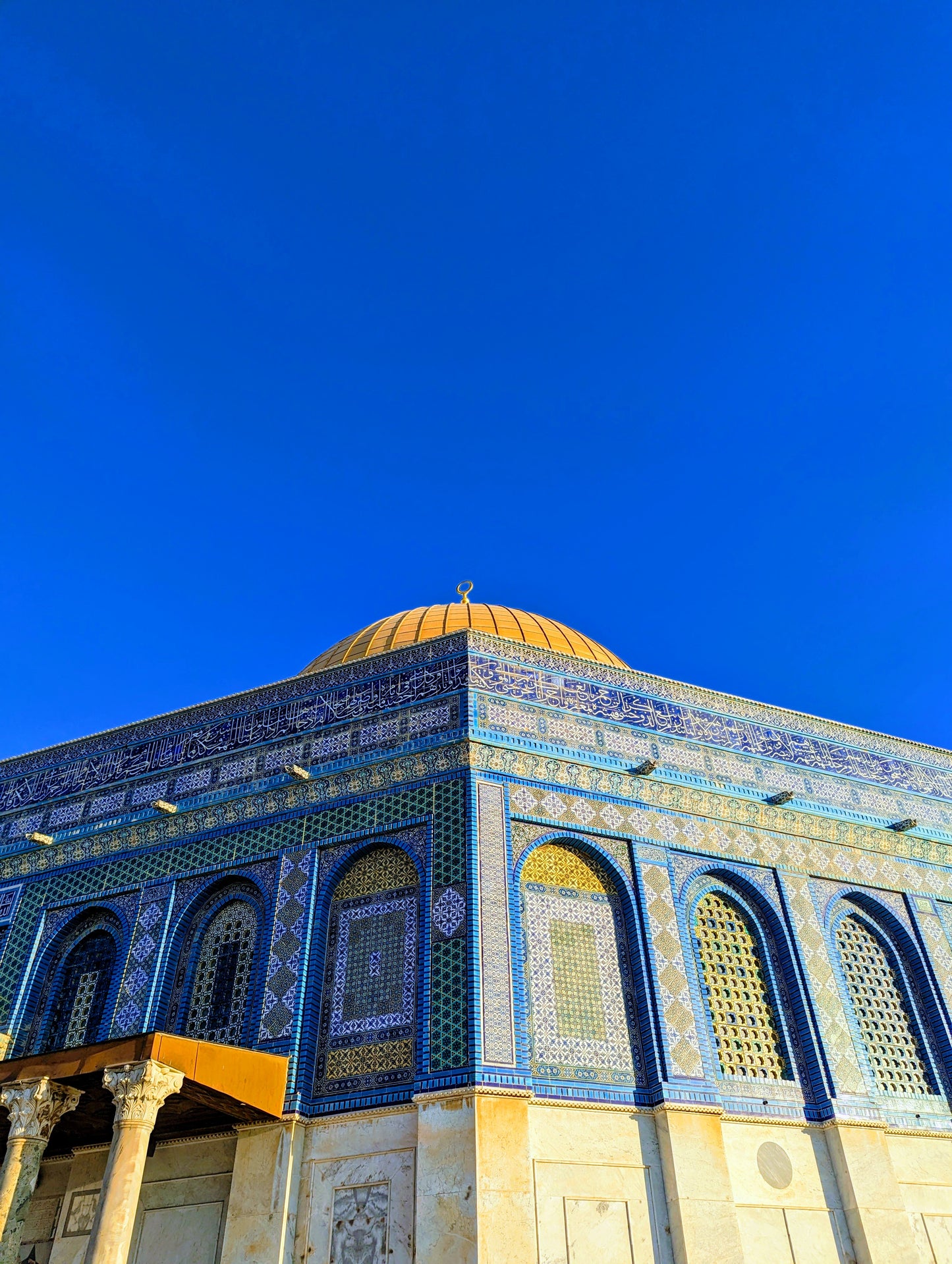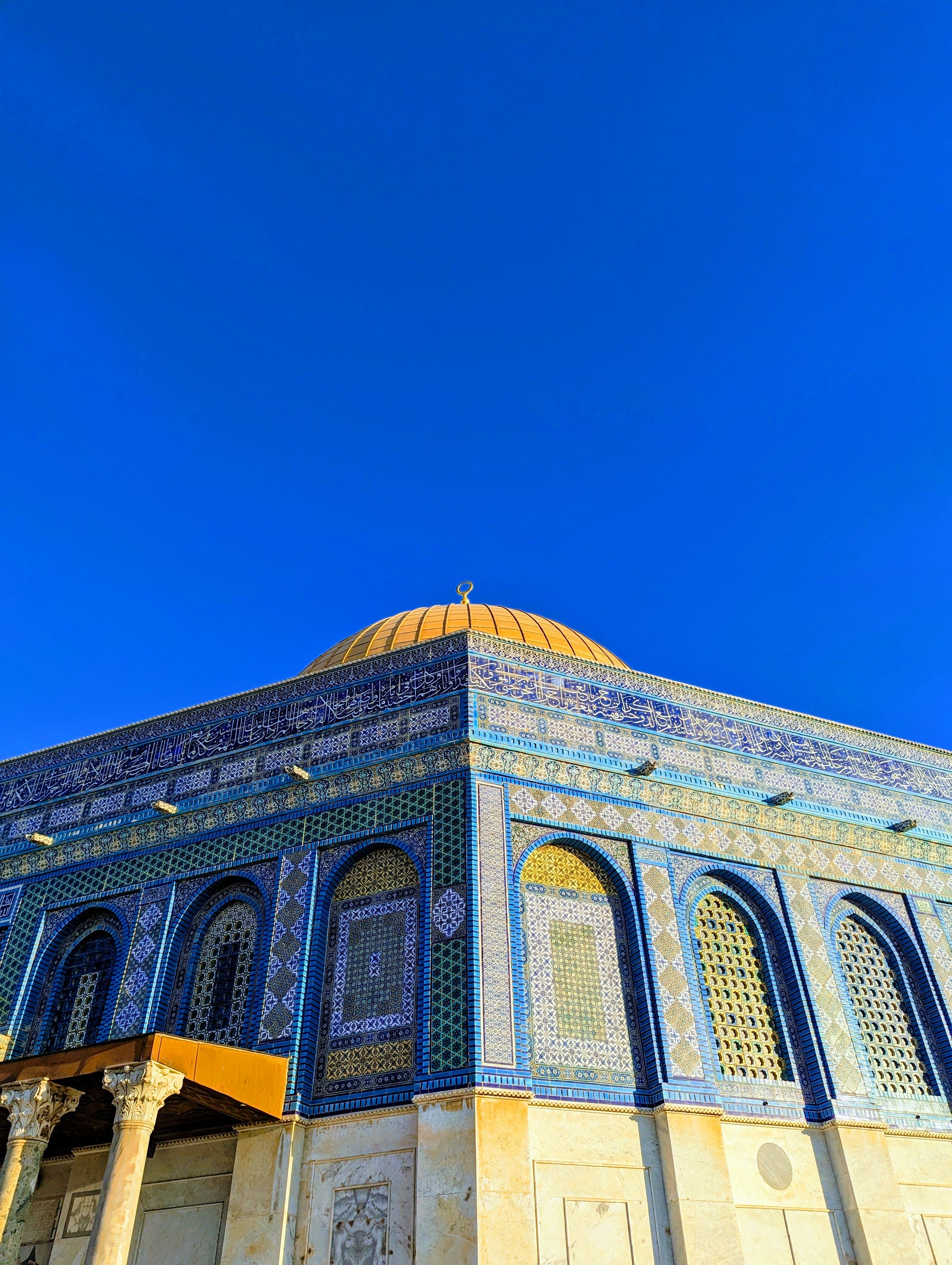Umayyads and Abbasids
Umayyads and Abbasids
Couldn't load pickup availability
Instructor: Dr. Jaan Islam
Date/times:
April 19 - June 7, Saturdays 12 PM - 2 PM US Eastern Standard Time
Course description:
How did the Umayyads consolidate monarchical rule across three continents? What was the relationship between rulers and the ‘ulama, ranging from support to open rebellion? What strategies did Salāh al-Dīn employ to liberate Jerusalem, only for his descendants to lose it? This course explores the dynastic period of Islamic history under the Umayyads and ‘Abbāsids during the first 500 years of Islamic history (CE 661-1193).
This course delves into history beyond the sensationalized narratives of Muslim dominance, guiding students across a complex landscape of internal strife, theological inquisition, military conflict, and economic-political fragmentation of the Umayyad and ‘Abbasid caliphates. Subjects covered during this period include:
• The Umayyad and ‘Abbāsid Dynastic Bureaucracies and Feudal economies
• ‘Abdullāh b. al-Zubayr, ‘Umar b. ‘Abd al-‘Azīz, and rebellions of the Prophet’s family
• Disintegration of the Umayyad and ‘Abbāsid caliphates due to corruption, incompetence and internal strife
• The rise of the Seljuks and Salāh al-Dīn, their strategies against the Crusaders and heretical sects
• ‘Ulama as power brokers, rebels, and supporters of the state apparatus
In an era marked by a lack of appreciation for Islamic history – and consequently, a scarcity of dedicated courses – the Ummah’s collective imagination is largely shaped by orientalists, whose narratives dominate media and education curricula. By employing a multi-faceted critical historical approach that utilizes primary Islamic sources and critically assesses orientalist works, this course provides an intellectual edifice for students to understand history through the lens of Islamic historiography and epistemology.
Student Learning Outcomes:
This course aims to equip learners with the following objectives:
1. The ability to read and interpret traditional Islamic history (tārīkh) texts and primary sources
2. Explaining the political, economic and intellectual aspects of Islamic civilization during the Umayyad and ‘Abbāsid periods, including:
(a) the establishment of dynastic rule;
(b) the diverse socio-ethnic makeup of the Caliphate’s elites and population;
(c) the types of internal conflicts and the Ulamas’ critiques of rulers; and
(d) the significance of central figures in Islamic history, their political strategies, and their interactions with non-Muslims
3. Comparing the internal strife, intellectual capitulation, and worldly focus of early Muslims to challenges faced by the Ummah today
4. Developing Iman and Islamic identity through firm knowledge of the Islamic historical tradition and the precedents for overcoming struggles in your life
Attendance & Participation:
While this is an online course, students are expected to attend all the lectures and complete any set essays for the course. Attendance is required for at least 75% of the classes, and while attendance registers will not be taken at the start of the classes, a note will be made on who is attending. Absences can disrupt the classes, so please try to attend as much as possible. There is a recording of the class available but it is for a limited time only.
Term essay:
Students are required to complete an essay on the following general question: demonstrate why a certain orientalist researcher (secondary literature) is wrong or how he/she is orientalist (intellectually colonial) in their historiography regarding the Ummayyads or ‘Abbāsids. Your essay should compare an orientalist idea/view to Suyūtī, Ṭabarī, Ibn Khaldūn or other Islamic authors and demonstrate the consistency and strength of Islamic historiography. All papers must approximately 1500 words long. While secondary sources must be from an academic publisher (Yale University Press, Oneworld, American University in Cairo Press, International Institute of Islamic Thought, I.B. Taurus, etc. Ask me if you are not sure), primary sources can be academic or university publishing houses. I am at your service and am willing to give you plenty of advice and point you towards many sources and tools.
Course schedule:
|
Umayyads and Abbasids |
||
| Saturdays 12 PM - 2 PM EST (United States Eastern Standard Time) | ||
|
Week 1 |
April 19 |
Mu’āwiyah and Yazīd, Transition to |
|
Week 2 |
April 26 |
Umayyad strife, rise of the Marwānids, the Caliphate of ‘Abdullāh b. al-Zubayr
|
|
Week 3 |
May 3 |
Umayyad stabilization, Bureaucracy, Arabization under ‘Abd al-Malik b. Marwān and his successors
|
|
Week 4 |
May 10 |
The Caliphate of ‘Umar b. ‘Abd al-‘Azīz, The Fall of the Umayyads and Ahl al-Bayt rebellions
|
|
Week 5 |
May 17 |
Rise and Stabilization of the ‘Abbāsids, The Rise of Baghdād, the Fitnah of al- Ma’mūn and Mu’tazilism
|
|
Week 6 |
May 24 |
Rise of the Seljūk Turks in Samarra, Disintegration of the ‘Abbāsids
|
|
Week 7 |
May 31 |
The first Crusades, ‘Imād al-Dīn & Nūr al- Dīn Zengī, the rise of Salāh al-Dīn, liberation and loss of Jerusalem
|
|
Week 8 |
June 7 |
The first Crusades, ‘Imād al-Dīn & Nūr al- Dīn Zengī, the rise of Salāh al-Dīn, liberation and loss of Jerusalem
|
|
Week 9 |
June 14 |
Possible review and makeup session |
No one will be turned away for lack of funds, please send an email to info@alqasas.org
Share


